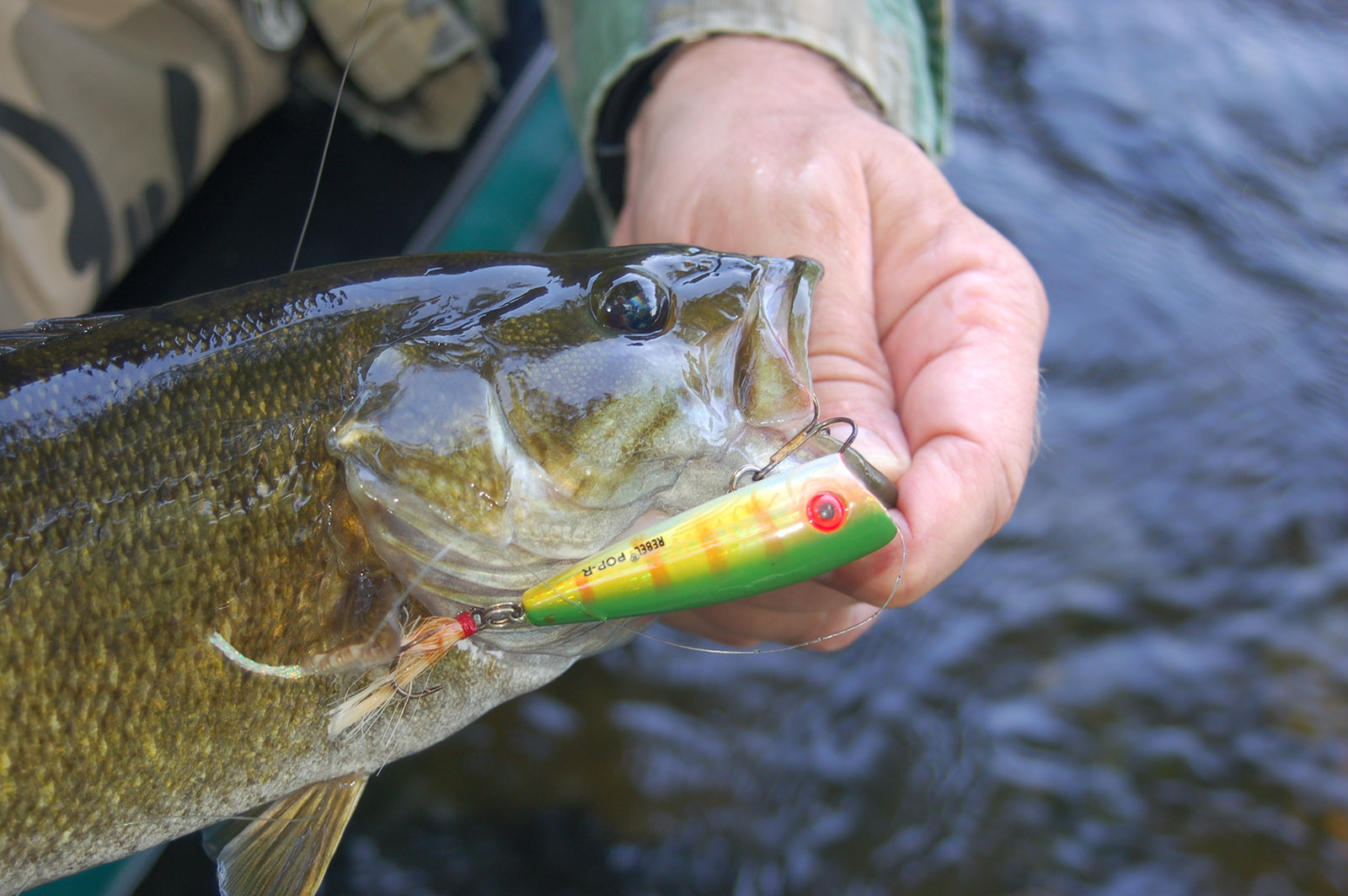By Bruce Ingram
Photos by Bruce Ingram
If there is a common topic among the Virginia Department of Wildlife Resources’ (DWR) regional fisheries managers, it is their concerns about the presence—and spread—of Alabama bass. Scott Smith, who is based at the DWR Region 2 office in Forest, Virginia, is no different.
“Alabama bass have now been found at Philpott, Buggs Island, and Martinsville Reservoir and their presence is definitely a threat to the bass fisheries there,” he said. “Of course, every situation and body of water is different, but the arrival of Alabama bass has the possibility of turning those lakes into places that are full of bass that top out at a 1 ½ pounds—if they’re lucky.
“In lakes south of Virginia, where the Alabama bass has been released, largemouth bass find their numbers and sizes greatly reduced and the smallmouth bass basically disappear. And that’s a losing trade for Virginia fishermen.”
Smith added that the Alabama bass presents a threat to the James River’s smallmouth bass fishery, as well. However, there is no way of knowing how serious the effect will be on the waterway. That’s because many of the rivers south of the Old Dominion generally feature lower gradients and different fish communities than the James, so Old Dominion biologists don’t have “a great feel for what the Alabama bass could do in rivers such as the James, but it’s not good,” said Smith.
Mike Bednarski, Ph.D., chief of fisheries for DWR, further detailed the harm this species can cause. “Anglers introduced Alabama bass to create fisheries for this species in Virginia—Alabama bass are a popular species to target in their native range and in waters where they have been introduced in Georgia and California,” said Bednarski. “However, these introductions were done without concern for the consequences of establishing populations of these species, and case studies in North Carolina and Georgia clearly demonstrate harm to other basses such as largemouth, smallmouth, and shoal bass.”
Anglers are reminded that it is illegal to stock fish into a public body of water without an authorization from DWR. Anyone with knowledge of intentional stockings of Alabama or spotted bass should contact DWR law enforcement at 800-237-5712 or WildCrime@dwr.virginia.gov. Anglers who suspect they have captured an Alabama bass should take a picture of the fish, clip off a thumbnail-sized portion of one of the pelvic fins, and store the fin clip dry in an envelope. The pelvic fins are located on the bottom of the fish, just under the head. They should then either contact DWR at fisheries@dwr.virginia.gov or at 804-367-1293.

Unfortunately, the upper James has other issues besides an invasive bass.
“The spawns on the upper James generally have not been good for a number of years now,” Smith reported. “Meanwhile, the spawns on the James below Lynchburg have been better than the ones on the upper river. For years, the spawning trends on those two sections followed each other. Now they’ve become decoupled, and we have no good explanation for why that happened.
“Another concern is that in the Richmond area, from Watkins on down to the fall line, smallmouth numbers are way down,” Smith continued. “The most intuitive reason could be that the river has become warmer down there. Is it because of climate change, as in the river becoming too warm to support a good smallmouth bass population in the lower reaches? The long-term trends of water temperature increasing are very much a concern.”

Upper James smallmouth numbers are down and recent spawns have been poor.
Another issue, according to Smith, has been anglers introducing invasive hydrilla into several of the region’s small impoundments.
“Fishermen who like to work weeds possibly think that by putting hydrilla into a lake, they will catch more fish,” Smith said. “But what happens is that they eliminate the possibility of bank fisherman having a chance to catch fish, and they cause native vegetation like water willow and eel grass to become much less common.
“Then DWR has to go with the nuclear option—stock grass carp to control the hydrilla, and then reset the lake’s fishery… which is bad for all anglers. This scenario is exactly what has happened at Lake Connor in Halifax County and Mill Creek in Amherst County.”
Last words from Smith?
“Don’t release invasive fish or introduce invasive plants,” he said. “And don’t dump your bait buckets into any body of water—that too can cause invasive aquatic creatures to enter into an ecosystem.”
Also read: Concerns About Non-Native Species Lead in the Tidewater Fisheries Update and An Update on the Upper James, Shenandoah Valley, and Northern Virginia Fisheries


